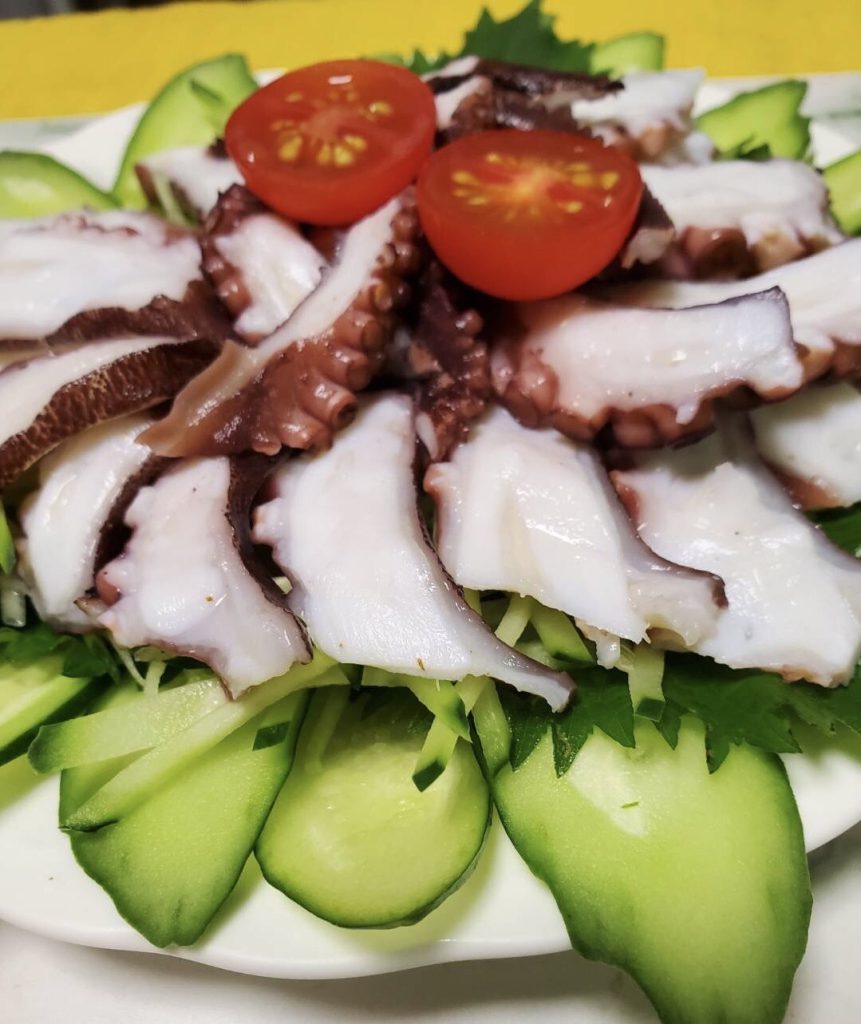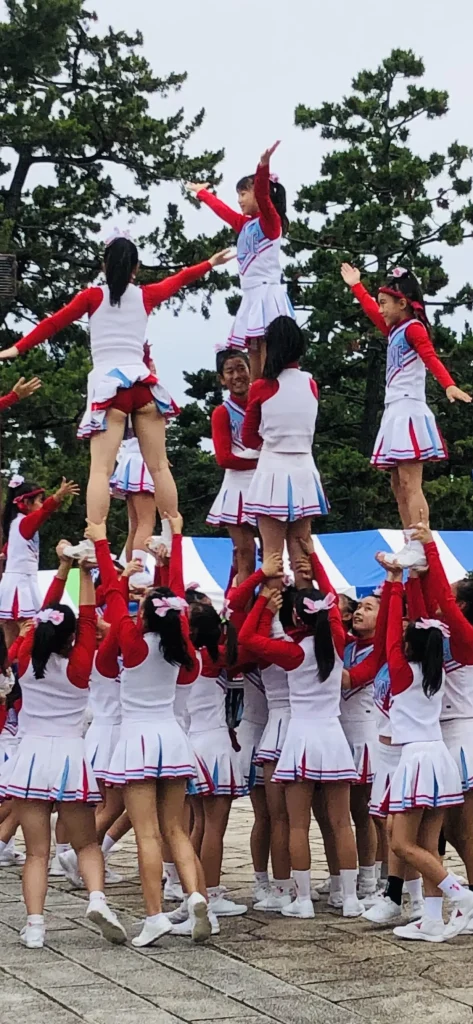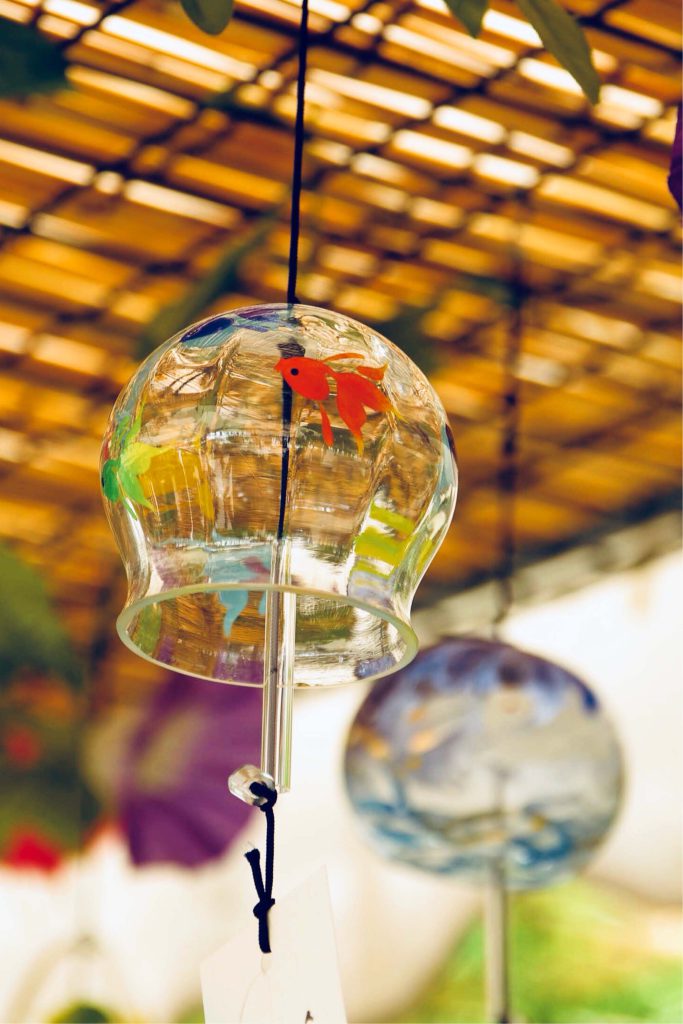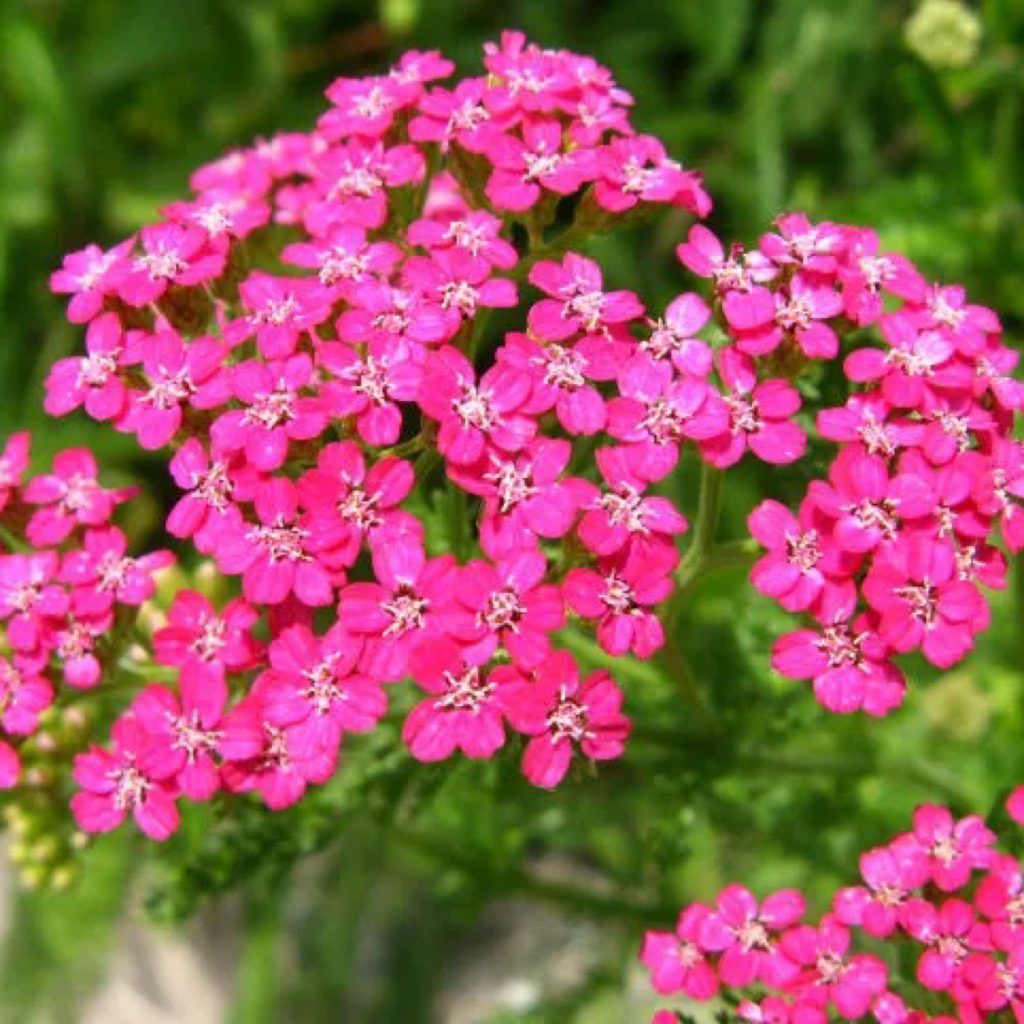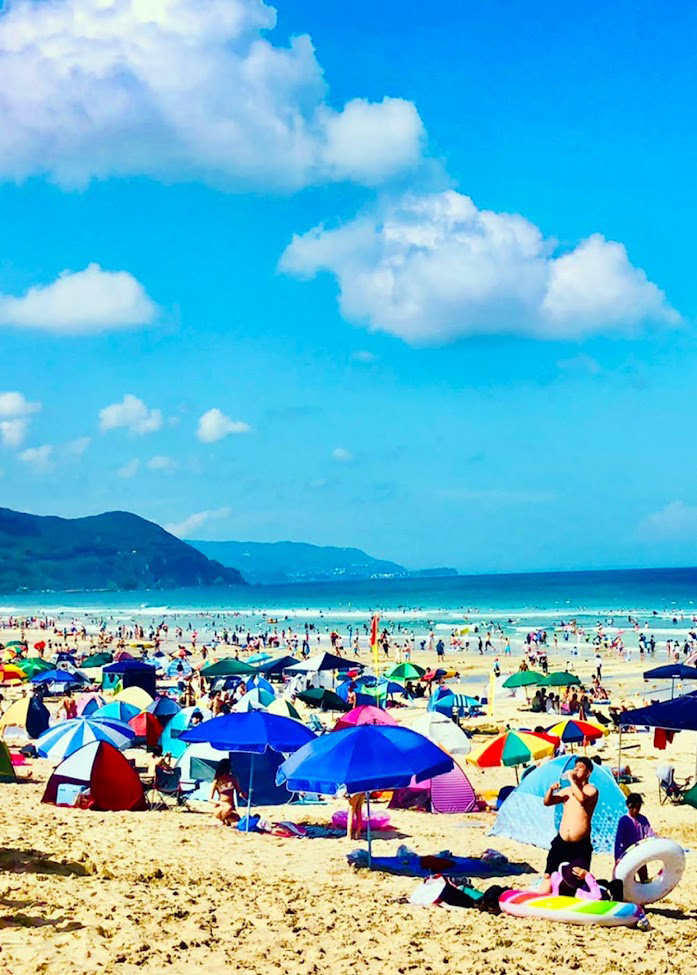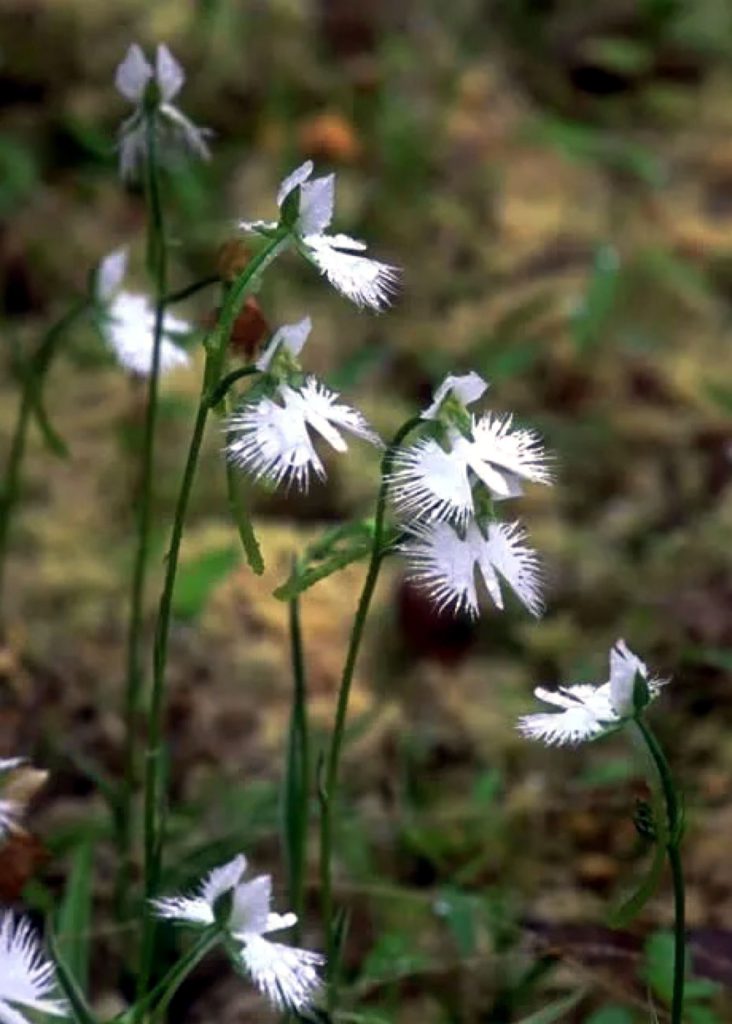
Many Hohzuki were colored red on the way to the nearby temple. Come to think of it, it will be Obon in half a month. It is written as “鬼灯 (demon lantern)” and read as Hohzuki, but it is derived from the fact that it was displayed as a substitute for a lantern that serves as a landmark when ancestors return to the Obon. Two months ago, the white flowers were in bloom, but the calyx makes a bag and bears fruit in it. In fact, it turns red and ripens with the bag. When I was a kid, I made a good whistle by hollowing out this fruit. Also, if you soak the whole red-colored Hohzuki in water, only the veins will remain and the red fruits inside will be visible. You can make a cute lantern by turning on bean electricity instead of fruit. When I see Hohzuki, I remember Obon and various things in my childhood.
近くのお寺に行く道に沢山のホオズキ赤く色づいていました。そう言えば、もう半月もすればお盆です。「鬼灯」と書いてホオズキと読みますが、盆に先祖が帰ってくるとき目印となる提灯の代わりとして飾られたことに由来します。ふた月前には白い花を咲かせていましたが、萼が袋を作り、その中に実をつけます。実は袋と共に赤くなって熟します。子供の頃には、この実の中を上手にくり抜いて、ホオズキの笛を作りました。また、赤く色づいたホオズキを丸ごと水に浸けておくと、葉脈だけが残って、中の赤い実が透けて見えるようになります。実の代わりに豆電気を入れると可愛いランタンができます。ホオズキを見ると、お盆のこと、子供時代のいろんなことを思い出します。


